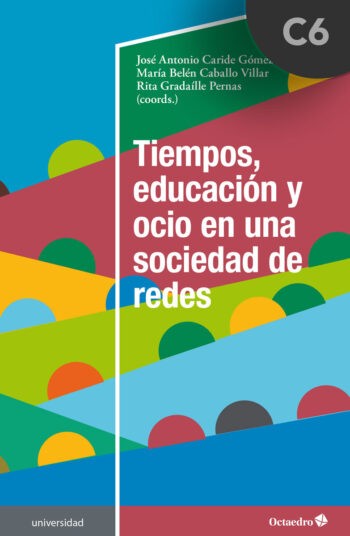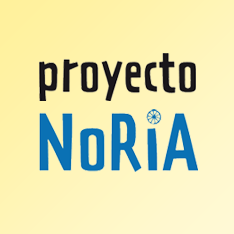Referencias bibliográficas
- Bodilly, S. et al. (2010). Hours of Opportunity. Lessons from Five Cities on Building Systems to Improve After-School, Summer School, and Other Out-of-School-Time Programs. Nueva York: The Wallace Foundation & RAND Education.
- Bourdieu, P. y Wacquant, L. J. D. (1994). Para una sociología reflexiva. Barcelona: Herder.
- Cavet, A. (2011). Rythmes scolaires: pour une dynamique nouvelle des temps éducatifs. Dossier d’actualité de l’Institut National de Recherche Pédagogique, 60.
- Dunster, G. et al. (2018). Sleepmore in Seattle: Later school start times are associated with more sleep and better performance in high school students. Science Advances, 4(12), eaau6200.
- Egido, I. (2011). Los tiempos escolares en los sistemas educativos: análisis de algunas reformas recientes. Revista Española de Educación Comparada, 18, 255-278.
- Fischer, N. et al. (2011). Ganztagsschule: Entwicklung, Qualität, Wirkungen. Längsschnittliche Befunde der Studie zur Entwicklung von Ganztagsschulen (StEG). Weinheim, Basel: Juventa.
Fundació Jaume Bofill y Federación de Movimientos de Renovación Pedagógica de Cataluña (2019). Propuesta de horarios escolares en clave de educación a tiempo completo. Barcelona: Fundació Jaume Bofill.
- Gabaldón-Estevan, D. y Obiol, S. (2017). Guía sobre tiempos escolares. Creativity and Educational Innovation Review, 1, 12-69.
- Gromada, A. y Shewbridge, C. (2016). Student Learning Time: A Literature Review. OECD Education Working Papers, 127.
- Hargreaves, A. (1992). El tiempo y el espacio en el trabajo del profesor. Revista de Educación, 298, 31-53.
- Kotthoff, H.-G. (2011). Between excellence and equity: the case of the german education system. Revista Española de Educación Comparada, 18, 27-60.
- Martinic, S. (1998). Tiempo y Aprendizaje (LASHD Paper No. 26) Washington: World Bank, Department of Human Development, Latin America, Social and Human Development.
- McLaughlin, M. y Rank, M. (2018). Estimating the Economic Cost of Childhood Poverty in the United States. Social Work Research, 42(2), 73-83.
- Morán de Castro, C. y Cruz López. L. (2011). Vida cotidiana, tiempos escolares y derechos de la infància. Educación Social, 47, 84-94.
- National Commission on Excellence in Education (1983). A Nation at Risk: The Imperative for Educational Reform. Washington: United States Department of Education.
- OECD (2013). Innovative Learning Environments. París: OECD Publishing.
- Pereyra, M. A. (2002). Infancia y escolarización en la modernidad tardía. Madrid: Akal.
- Pérez Gómez, Á. I. (2012). Educarse en la era digital. Madrid: Morata.
- Redd, Z. et al. (2012). Expanding Time for Learning Both Inside and Outside the Classroom: A Review of the Evidence Base. Nueva York: The Wallace Foundation.
- Sintes, E. (2012). A les tres a casa? L’impacte social i educatiu de la jornada escolar contínua. Barcelona: Fundació Jaume Bofill.
— (2015). Escola a temps complet. Cap a un model d’educació compartida. Barcelona: Fundació Jaume Bofill.
- Tenti Fanfani, E. (comp.) (2008). Nuevos temas en la agenda de política educativa. Buenos Aires: Siglo XXI Editores Argentina.
— (2010). Estado del arte: Escolaridad primaria y jornada escolar en el contexto internacional. Estudio de casos en Europa y América Latina. Buenos Aires: IIPE-UNESCO.
- UNESCO (2015). Rethinking Education: Towards a Global Common Good? París: UNESCO.
- Willems, A. et al. (2013). School Quality in All-Day Primary Schools. Relationship Between Social Composition and School Factors. Santiago de Chile: International Congress for School Effectiveness and Improvement.











